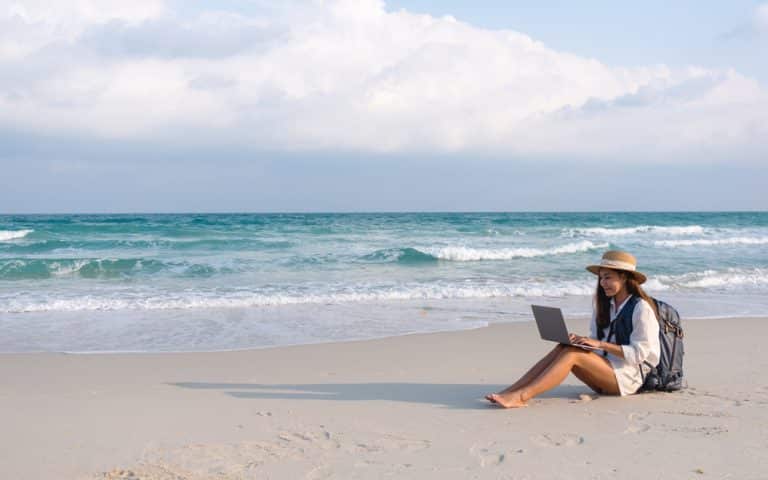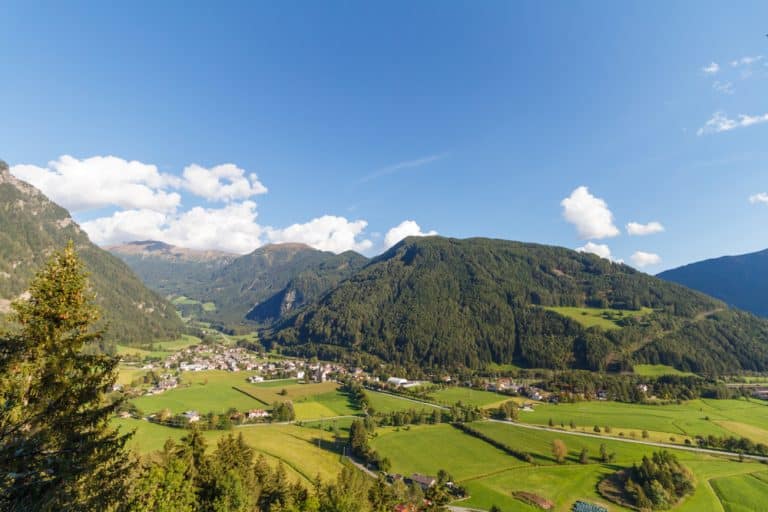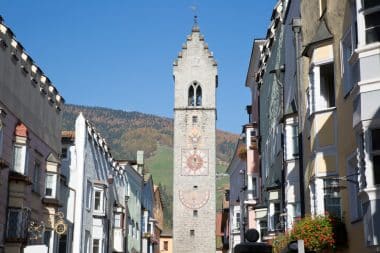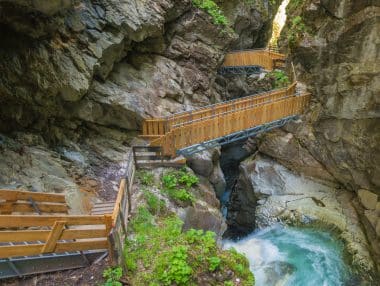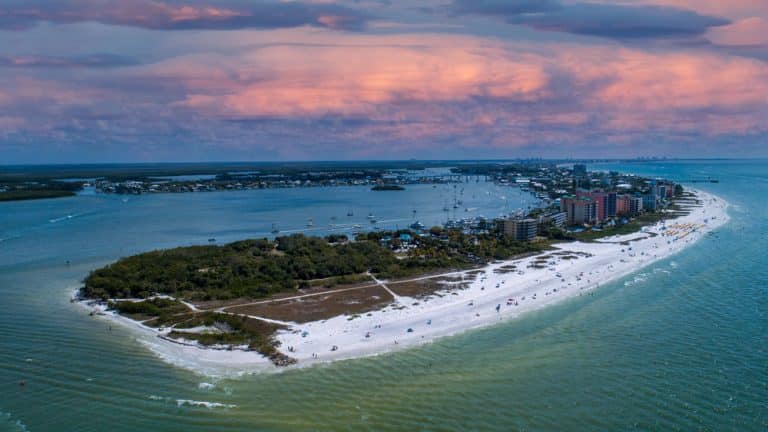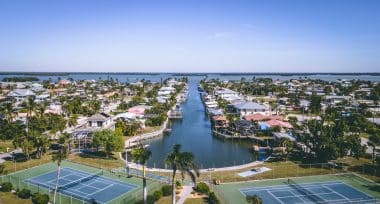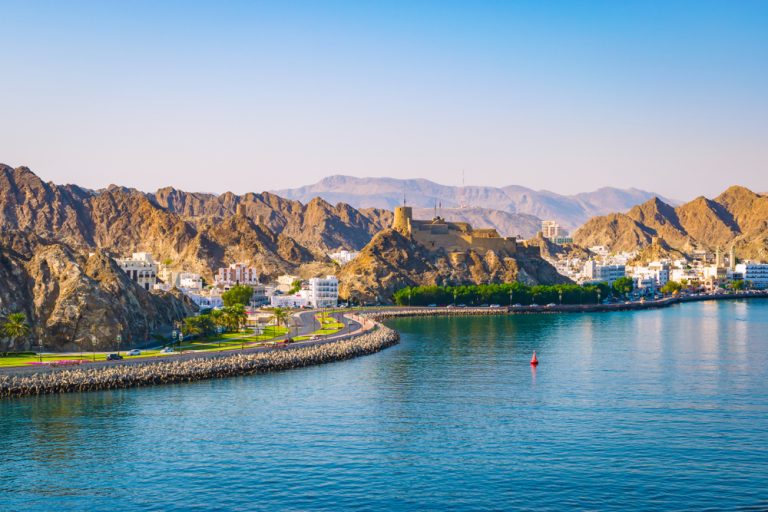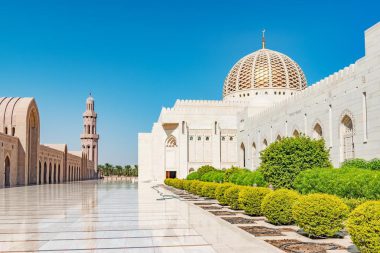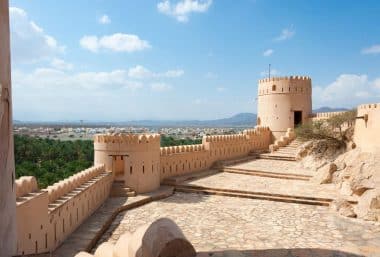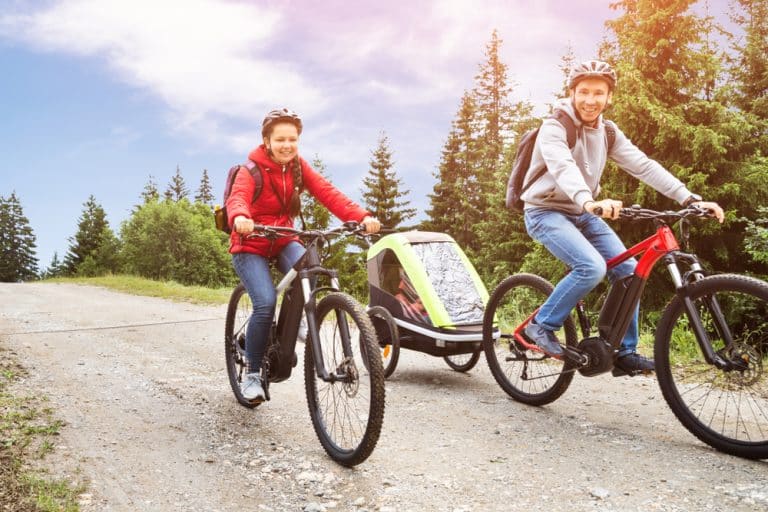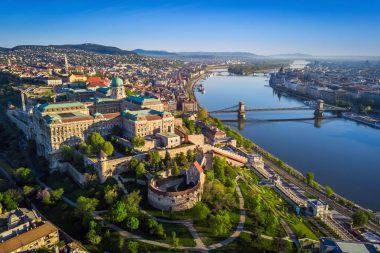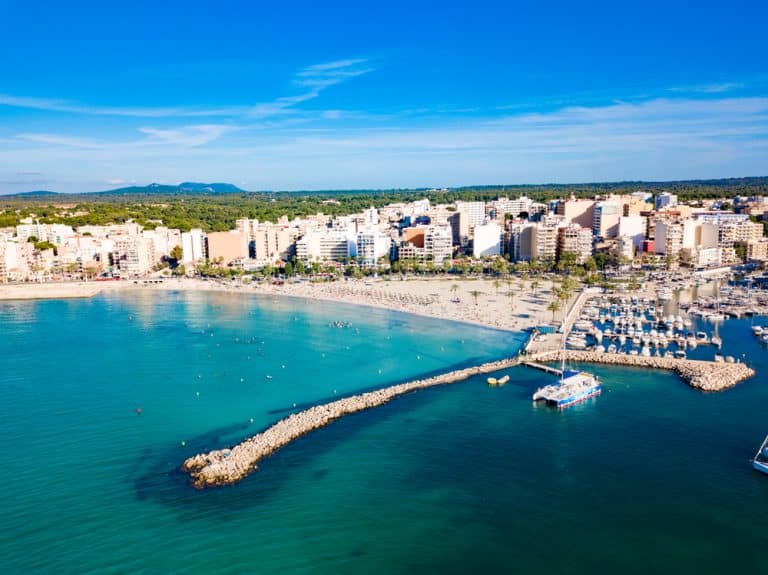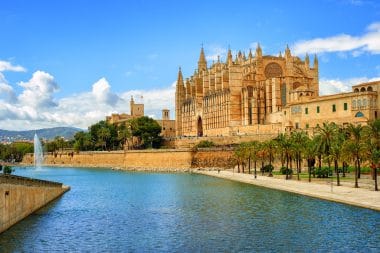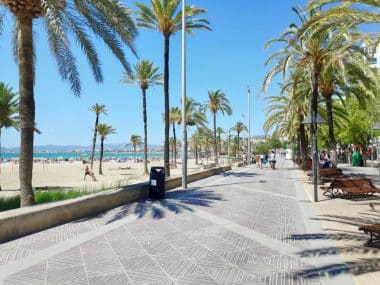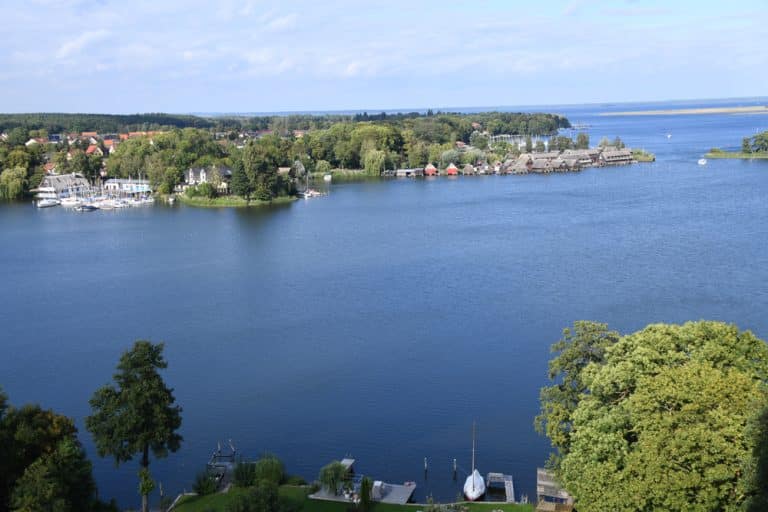To talk about the Huawei Matebook 16s i7, we add that it wins the title of the most powerful laptop as it delivers high performance all the time. It has become the flagship Matebook of the Huawei company and is manufactured using the latest 12th generation Intel Core i7 12700 H processor. The system’s medium-heavy touchpad is really impressive.
In addition, the laptop has the Huawei Appgallery, which allows you to install your favorite app with just the touch of a button. This brings fun to your life as these apps come with plenty of PC features. You can connect directly to headphones, speakers, keyboards, mice, and even printers. All this is made possible by an automatic pop-up that allows you to connect very quickly.
Huawei Matebook 16s i7 everything comes together:
The premium quality laptop is not only rich in construction design, but the overall features of the system are impressive as everything is present in the laptop. That’s why it’s mostly popular as an all-in-one laptop (AIO) as the super device allows for seamless cross-device interaction. This makes it a pleasure to enjoy all functions with just one system. Stop wasting your money by buying separate systems to meet your needs when you have the right to choose the Huawei matebook 16s i7 compared to competitors.
Strong cooling effect:
Most laptops are heated while you perform basic tasks. This can cause a lot of damage inside the laptop and slow down the overall speed of operation. A big thank you to the gaming quality of the Huawei Matebook 16s as it offers a new cooling capacity. It allows you to complete your professional tasks without facing heating problems. On the bottom, there are slim fans that operate quietly by eliminating all heat and delivering a cooling effect.
- 2mm extra wide double piping.
- The gaming-grade size is almost 75mm+.
- Ultra-thin fan blades.
- Innovative design provides hinged air intake.
Intelligent conference calls:
Camera quality of the laptop so sharp and clear that you have a perfect meeting time. The camera resolution is almost 1080 pixels, which captures your face clearly when you join online meeting sessions. To join face-to-face meetings or conference calls, all you need to do is turn on the FollowCam features to keep your face in the center of the screen. Also, the natural eye contact feature allows you to choose your preferred background. This protects your privacy and provides you with a reliable visual background function.
- Personalized background settings.
- Eye contact feature provides personal interaction.
- Automatic centering of the speakers.
Long-term use:
Huawei Matebook 16s with i7 processor can be your long-term partner to help you achieve your goals. The 135W charger allows the system to be charged quickly while maintaining the overall power. You can’t even imagine it, but a high-quality laptop brings more convenience to your life. You can also use the charger for other Huawei devices as it is compatible with all Huawei models.
- 84Wh battery.
- Long battery life on a single charge.
Huawei has become the global leader in the telecommunications equipment industry as it offers a wide range of equipment, from bulky electronics to audio products.


